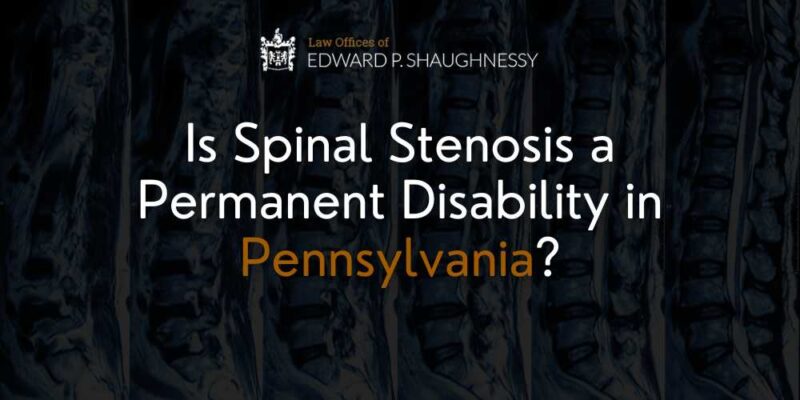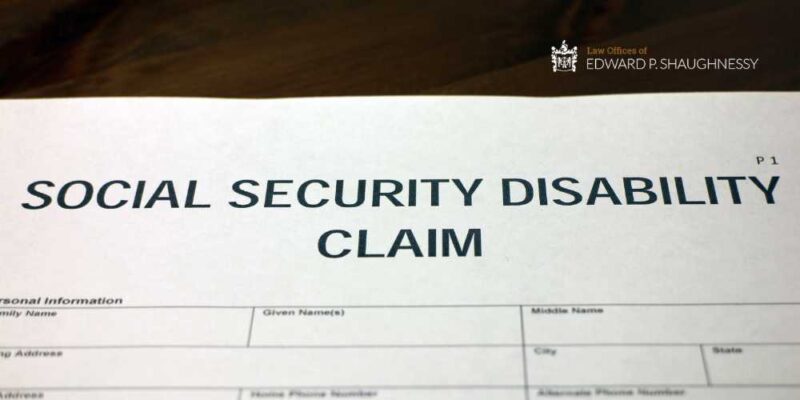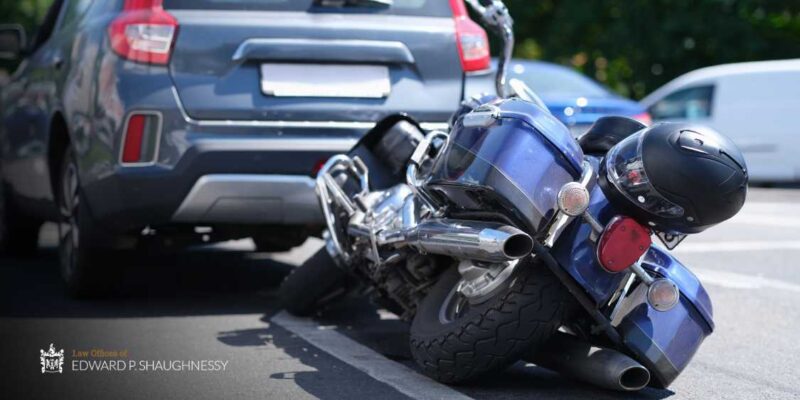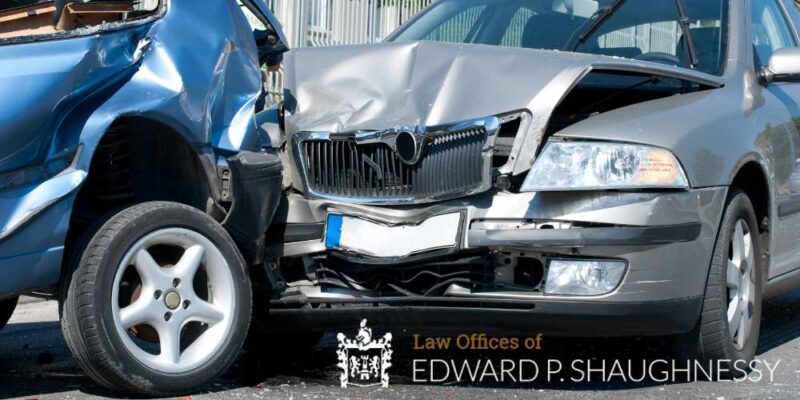
Is Spinal Stenosis a Permanent Disability in Pennsylvania?
For many individuals living with spinal stenosis, they may wonder, “Is spinal stenosis a permanent disability in Pennsylvania?” The answer to this question is critical
Home » Blog

For many individuals living with spinal stenosis, they may wonder, “Is spinal stenosis a permanent disability in Pennsylvania?” The answer to this question is critical

Our personal injury attorneys in Easton, PA, are often asked, “What happens if someone hits my parked car and flees the scene after it happened?” Dealing

What is gross negligence in Pennsylvania? What is the difference between gross negligence and ordinary negligence? What’s the difference between negligence vs. medical malpractice? When can

When it comes to malpractice vs negligence in Pennsylvania, it’s essential to understand the difference between medical malpractice and negligence. Medical malpractice occurs when healthcare

When navigating the disability application process, recognizing the signs that you will be approved for disability benefits or SSI benefits can provide hope and clarity.

A breach of duty in Pennsylvania occurs when someone fails to act responsibly, and another person suffers serious harm because of it. In a negligence

Pennsylvania motorists often ask, “Is lane splitting legal in PA?” or “Is lane filtering legal in PA?” It’s important to clarify that lane splitting, the

If you’ve been in a car accident in Pennsylvania where the other driver has admitted fault, you’re likely wondering how to get the compensation you

“Hair clip” “car accident” are two terms most would never consider putting together. To spread awareness, Easton car accident lawyer Ed Shaughnessy highlights the issues

The “Jeep death wobble” has become a notorious concern among Jeep owners, particularly those of Jeep Wrangler and Gladiator models. This phenomenon refers to an

Is Pennsylvania a no-fault state? Are you unsure whether Pennsylvania follows a no-fault insurance system for car accidents? Understanding the state’s laws is crucial for
Do you love riding your motorcycle in the Lehigh Valley? No matter where you go, you never fail to see motorcycles enjoying all that the


